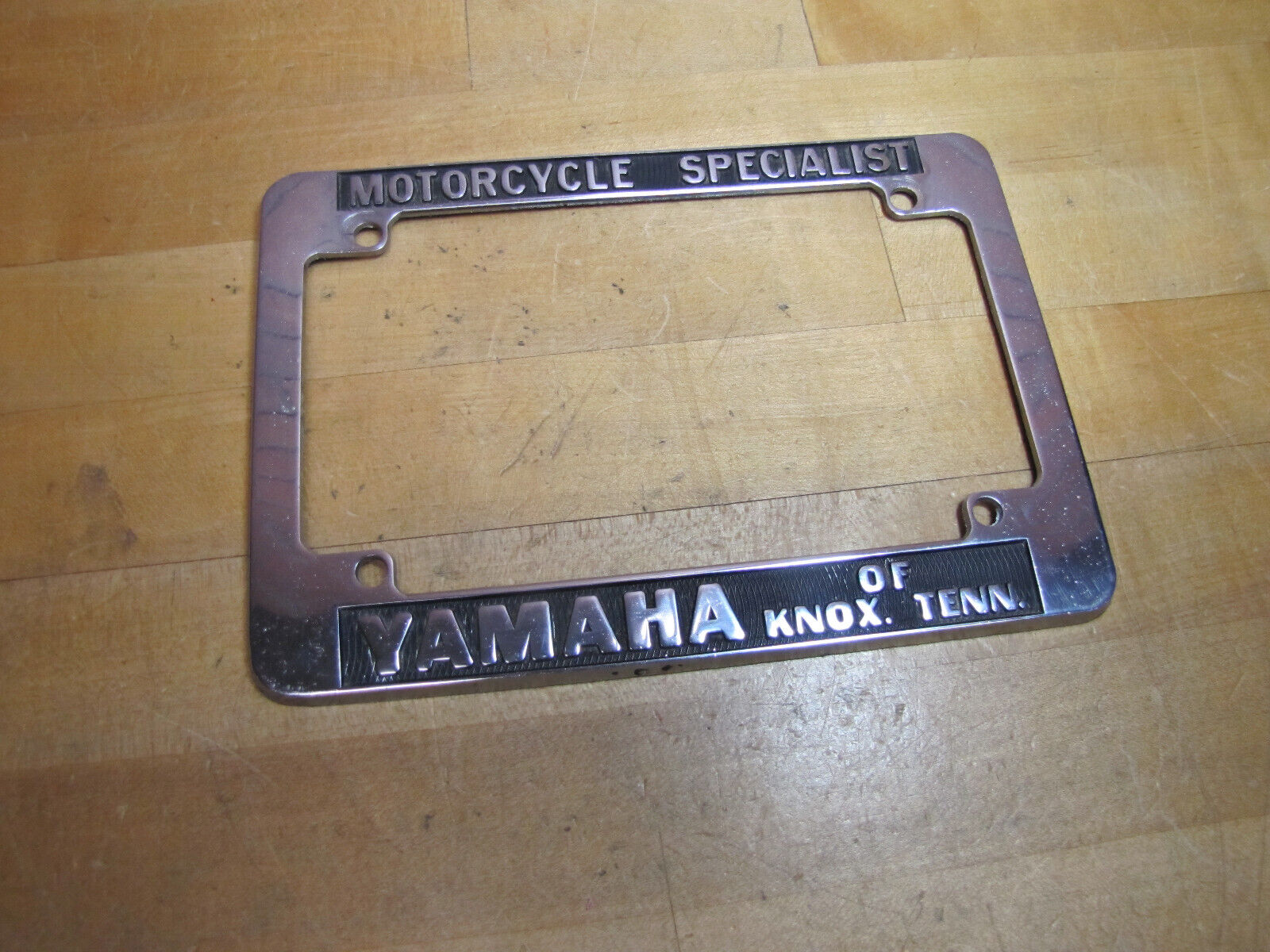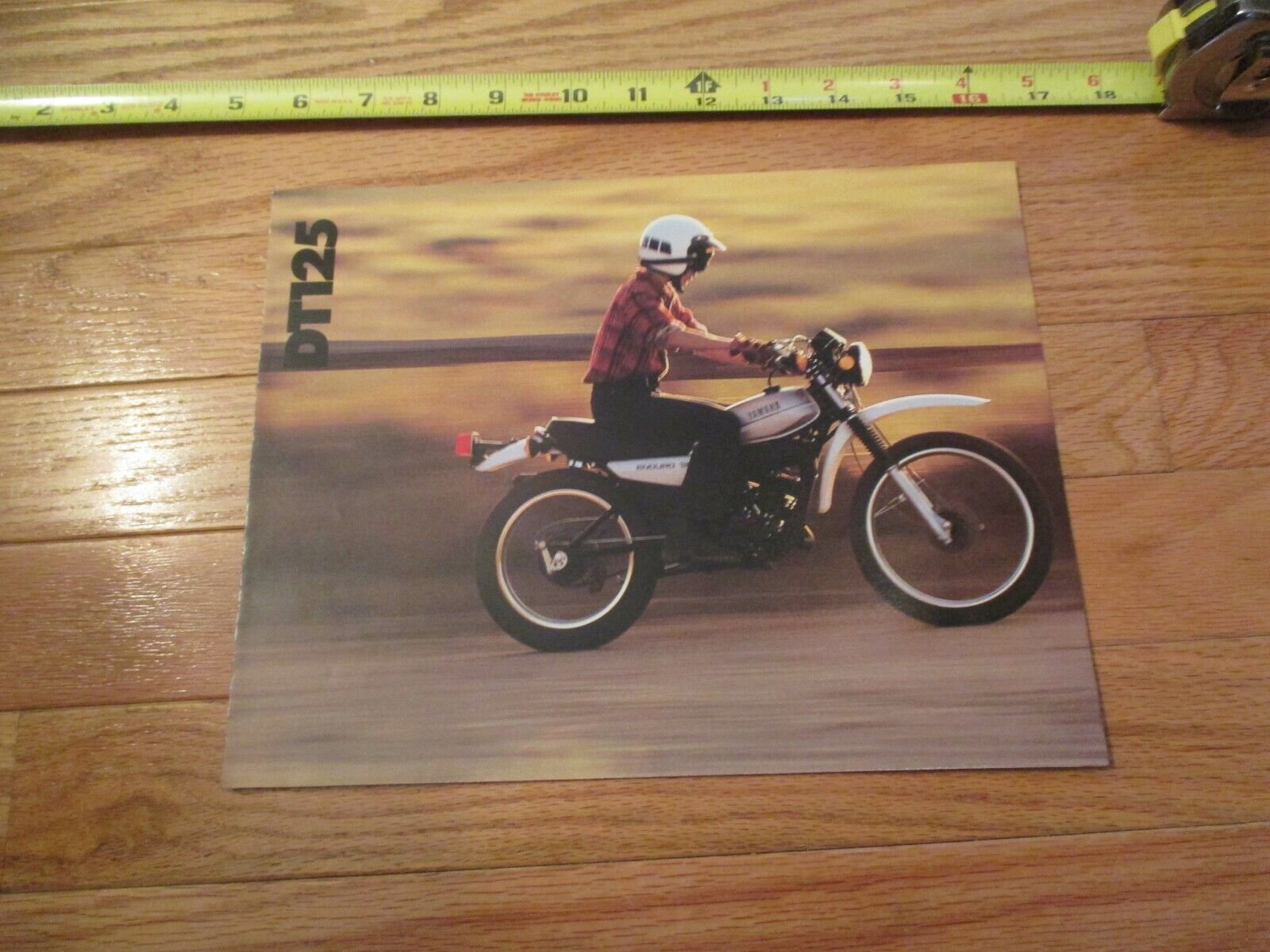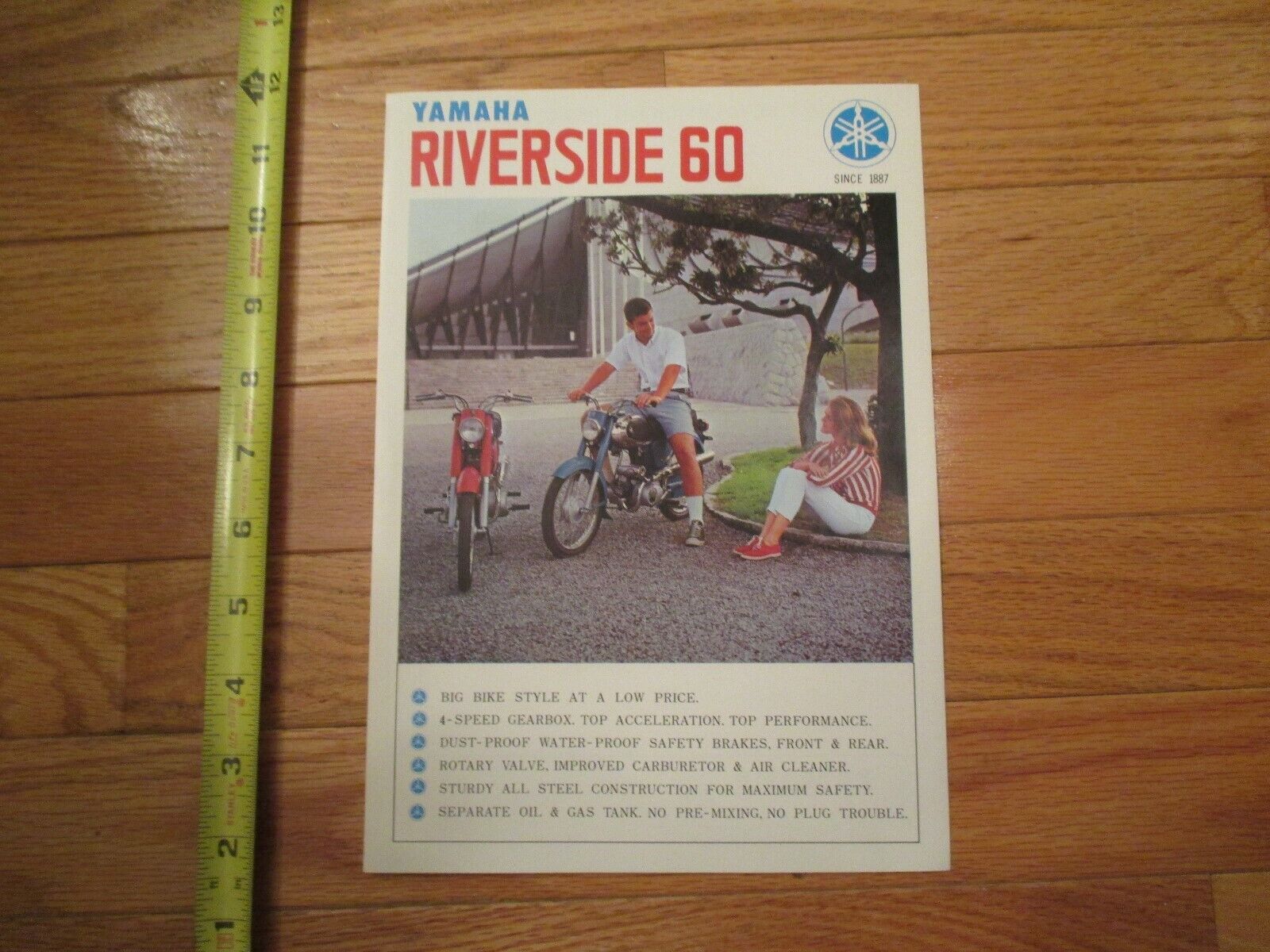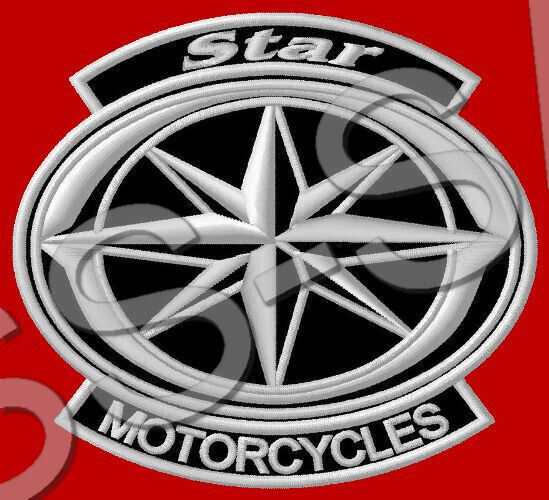-40%
1974 Honda CB200 vs Yamaha RD200 - 12-Page Vintage Motorcycle Road Test Article
$ 7.22
- Description
- Size Guide
Description
1974 Honda CB200 vs Yamaha RD200 - 12-Page Vintage Motorcycle Road Test ArticleOriginal, Vintage Magazine article
Page Size: Approx. 8" x 11" (21 cm x 28 cm) each page
Condition: Good
The gas crisis, real or contrived, had
lasting effects on everyone. Although it’s
easy for us to remember the hassles and
inconveniences the crisis caused, not all
its effects were negative. For one thing, the
country has been awakened to a few facts
of life that had long been ignored. Like
the fact that our natural resources are not
unlimited; like the fact that the oil com-
panies apparently have greater concern for
their profits than for the quality of life;
and like the fact that motorcycles are an
economical, practical means of trans-
portation.
Motorcycle dealers across the nation
experienced a sales boom during the crisis,
especially those in warmer climates where
year-round riding is possible. Many of
them sold any kind of motorcycle they
could get their hands on. Some slow-sell-
ing new models became fast-selling new
models, and eventually became out-of-
stock new models. Tired old used bikes
that had been accumulating deep layers
of dust back in the corners were cleaned
up, tuned up, and bought up. And some
people even bought enduro bikes for daily
transportation when the supply of street
bikes dried up.
A new type of purchaser is responsible
for a large percentage of these increased
sales: the commuter. He isn’t interested
in the fire-breathing big-bore roadburners,
and could care less about engineering
features, performance data, and handling
claims. Initial cost and fuel consumption
are his main concerns. He views his bike
only as a transportation vehicle. Just as
most car owners are not car enthusiasts,
our “new commuter” is not a cycle enthu-
siast. As long as it can keep up with traffic
and carry him an incredible distance on
a gallon of gas, he’s tickled pink to ride
a two-wheeled vehicle to and from work.
It is quite fitting that the two leading
contenders for lop commuter bike come
from the two Largest manufacturers of
motorcycles in the world: Honda and Ya-
maha. Actually, these two models have
been around quite a while in one form
or another, but they never attracted much
attention until the fuel shortage came
along. There have always been people
interested in small, economical bikes; it’s
just that there have never been so many
of them until now.
The Honda started life as a CB160 al-
most a decade ago, growing into a 175
in the latter part of the Sixties. Last year
it underwent a major redesign, emerging
25cc larger and sporting the industry’s first
mechanical disc brake.
The Yamaha, on the other hand, has
had an on-again off-again career ever
since it first appeared as a 180 in 1967.
It was dropped from the U.S. Yamaha line
in 1969, reappearing a year later as a 200.
After another year’s absence in 1973, the
R.D200 is again in the dealers’ showrooms,
its reinstatement provoked by the fuel
shortage.
Despite the fact that one is a two-stroke
and the other is a four-stroke, the two
bikes bear some remarkable similarities.
They’re both Japanese, of course, and
their basic design philosophies and physi-
cal dimensions are very similar. Where
they differ the most is in their perfor-
mance, and that’s the most important dif-
ference of all.
Because of the natural rivalry between
Honda and Yamaha, the inevitable ques-
tion arises: Which one will give the com-
muter the best bike for his needs?
To answer this question, we compared
the two bikes side by side throughout the
entire test. We logged as many miles as
possible, riding both machines over the
same roads at the same speeds at the same
time. We switched riders frequently, and
kept a careful log of their comments and
opinions. We let beginning riders try both
machines, allowing their praises and criti-
cisms to bear heavily on the outcome of
the comparison, since they represent the
kind of people very likely to own one of
these bikes. The results of the test are on
the following pages.
14877-7407-09









